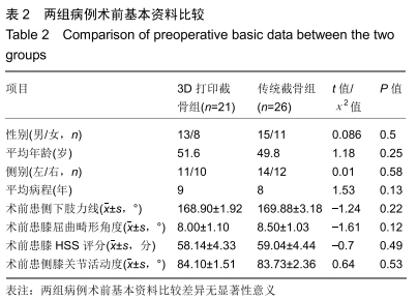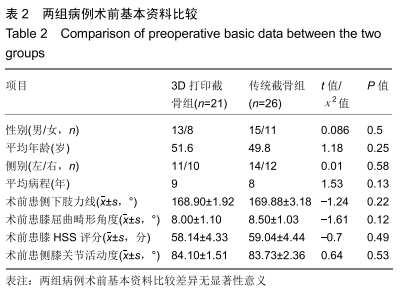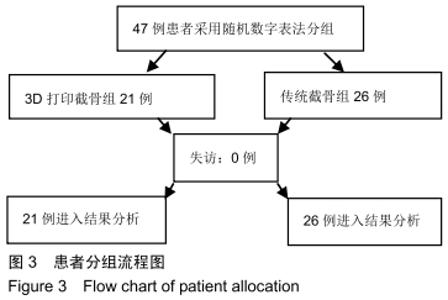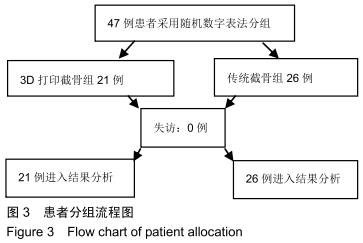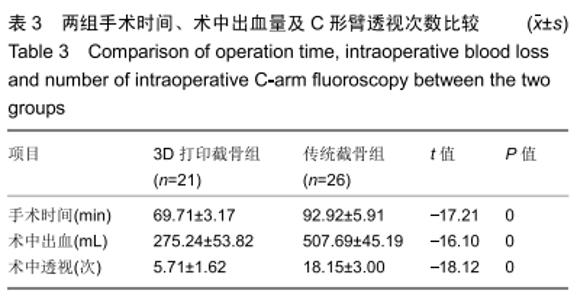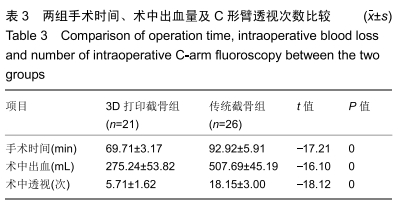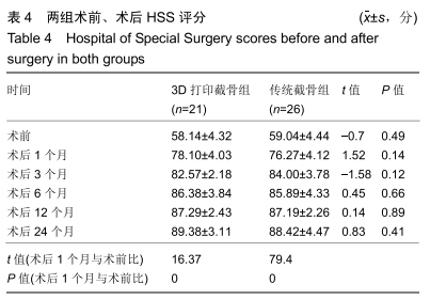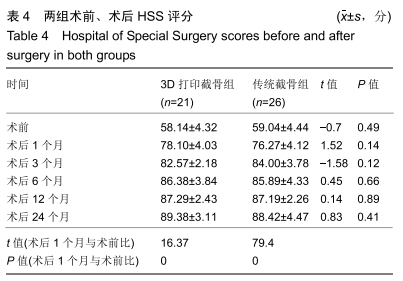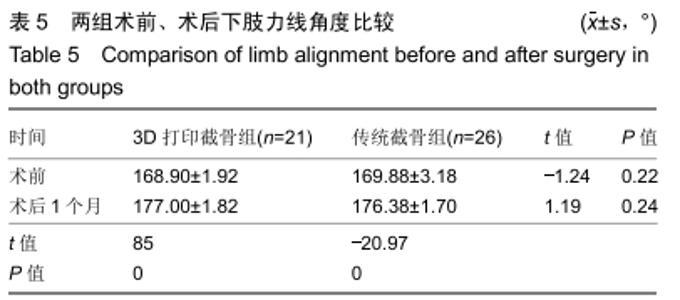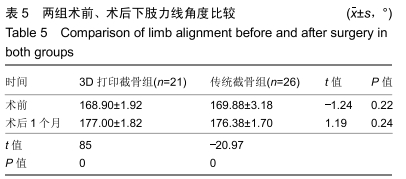[1] MARCHEGGIANI MUCCIOLI GM, FRATINI S, CAMMISA E, et al.Lateral Closing Wedge High Tibial Osteotomy for Medial Compartment Arthrosis or Overload.Clin Sports Med. 2019; 38(3):375-386.
[2] RODRÍGUEZ GARCÍA JI, SIERRA VELASCO JM, VILLAZÓN SUÁREZ M, et al.Design Engineering in Surgery. How to Design, Test and Market Surgical Devices Made With 3D Printing?.Cir Esp. 2018;96(4):198-204.
[3] AMENDOLA A, BONASIA DE.Results of high tibial osteotomy: review of the literature.Int Orthop.2010;34(2):155-160.
[4] FREDERICK M.AZAR, JAMES H.BEATY,S.Terry Canale.Campbell's Operative Orthopaedics,13th edition. Beijing:Peking University medical press.2018:464.
[5] 赵新文,李钊,丁勇,等.胫骨高位截骨治疗膝关节骨性关节炎临床疗效分析[J].中国骨与关节损伤杂志,2016,31(12):1272-1276.
[6] SEUNG MIN RYU, HODONG NA, OOG JIN SHON. Comparison of open wedge high tibial osteotomy versus unicompartmental knee arthroplasty for medial compartment arthrosis with kissing lesion.Asia-Pacific Journal of Sports Medicine,Arthroscopy, Rehabilitation and Technology.2017; 9:36.
[7] JACKSON JP, WAUGH W.Tibial osteotomy for osteoarthritis of the knee.J Bone Joint Surg (Br).1961;43-B:746-751.
[8] VAN RAAIJ TM, BROUWER RW.Proximal Tibial Valgus Osteotomy:Lateral Closing Wedge.JBJS Essent Surg Tech. 2015;5(4):e26. .
[9] 衣鑫,姬振伟,王志学,等.闭合楔形胫骨高位截骨术治疗膝关节内侧单间室骨关节炎的中期随访[J].实用骨科杂志,2019,25(4): 372-375.
[10] 徐海军,黄野.闭合楔形胫骨高位截骨的并发症[J],中华关节外科杂志(电子版),2016,10(5),535-540.
[11] JI W, LUO C, ZHAN Y, et al. A residual intra-articular varus after medial opening wedge high tibial osteotomy (HTO) for varus osteoarthritis of the knee.Arch Orthop Trauma Surg. 2019;139(6):743-750.
[12] 张宽宽,吴敏.开放性楔形胫骨高位截骨术术中并发外侧铰链断裂的研究[J].中国修复重建外科杂志,2019,33(1):110-114.
[13] MARK VAN OUTEREN, TIJS DUIVENVOORDEN, REINOUD BROUWER, et al.No Difference Between a Closing and Opening Wedge High Tibial Osteotomy: 10 Year Results of an RCT.Arthroscopy: The Journal of Arthroscopic and Related Surgery. 2017;33(10):137.
[14] SEIL R.In High Tibial Osteotomy, Closing and Opening Wedges Did Not Differ for Clinical Outcomes at Up to Two Years.J Bone Joint Surg Am. 2018;100(10):882.
[15] NERHUS TK, EKELAND A, SOLBERG G, et al.No difference in time-dependent improvement in functional outcome following closing wedge versus opening wedge high tibial osteotomy: a randomised controlled trial with two-year follow-up.Bone Joint J. 2017;99-B(9):1157-1166.
[16] BAE DK, SONG SJ, KIM HJ, et al.Change in limb length after high tibial osteotomy using computer-assisted surgery: a comparative study of closed- and open-wedge osteotomies. Knee Surg Sports Traumatol Arthrosc. 2013;21(1):120-126.
[17] 刘奕宁,刘利春,李晓彬.3D打印截骨导板在TKA术中的应用效果分析[J],中国骨与关节损伤杂志,2019,34(2):36-39.
[18] HEE-JUNE KIM, HEE-SOO KYUNG.Comparison of the method using 3D printing model and PACS in preoperative planning for open wedge high tibial osteotomy.Asia-Pacific Journal of Sports Medicine, Arthroscopy, Rehabilitation and Technology.2017;9:13-14.
[19] 陈国仙,李国山,林宗锦,等.3-D打印技术辅助胫骨高位截骨术治疗膝内翻畸形骨性关节炎的疗效观察[J],中国修复重建外科杂志,2016,30(4):407-411.
|
